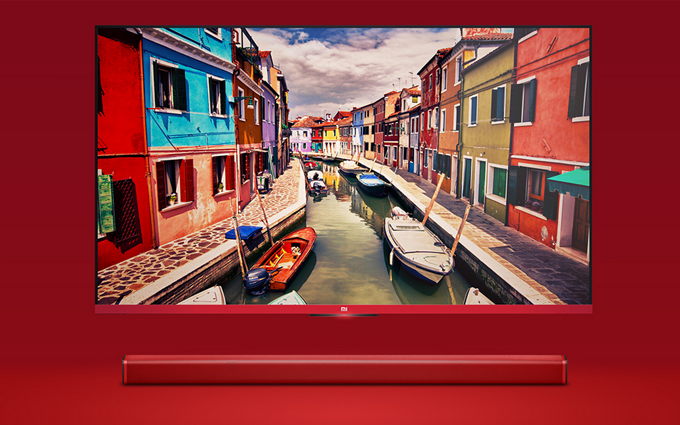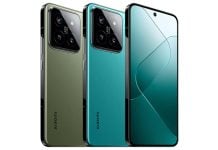1. Xiaomi’s expansion
Since Xiaomi’s success with cell phones, they have constantly been trying to expand their market – from screen covers and phone cases to the Mitu rabbit, Xiaomi routers, televisions, and tablets. Xiaomi has been trying to build an empire.
But Lei Jun faced an old problem with expansion: insufficient specialization. Actually his thought process started before Xiaomi cell phones. VANCL itself used such Internet thinking on its clothes.
But VANCL was not successful, fundamentally because Lei Jun was a programmer, not specialized in clothes. VANCL did not find anyone reliable at that time. VANCL did not do what Lei Jun had imagined – high quality and low prices. This is still fresh in the mind of anyone buying a VANCL shirt.
And Xiaomi makes cell phones. Luckily they found one of Motorola’s previous directors, Zhou Guangping, Ph.D, and his team. Xiaomi’s first hardware product did not have any big flaws, and that is really not easy.
But expanding out, Lei Jun faced VANCL’s old problem.
2. Fake 4K and a fake fever
Xiaomi television claims a 4K display. But when the product was just released, some busybodies found upper product information from upper level manufacturers Huaxing Electric and LG, and could see that the Xiaomi 4K claim was highly suspicious.
The so-called 4K is a 1080P panel arranged with RGBW. Because the actual number of pixels in this kind of panel is a third more than ordinary 1080P, in effect it is a little bit better.
Actually Sharp has used this method. But Sharp used RGBY, adding a yellow pixel. Fake 4K uses white instead. Sharp still calls it 1080P instead of 4K, with concern to their reputation.
Real 4K has every pixel arranged with RGB, four times as many pixels as 1080P. Real 4K adds three times as many, fake 4K adds one third as many pixels, with a great difference in cost.
Unfortunately, discount 4K televisions on the current Chinese market are mostly fake 4K. Samsung and LG have provided this kind of panel to Chinese manufacturers, dominating the market. Xiaomi televisions cannot escape this convention.
Another good point of Xiaomi televisions is providing Bluetooth audio. They later claimed that 70% of blind listeners approved.
Actually, judging from the sound effects of Xiaomi earphones and cell phones, Xiaomi is like a
wooden club when it comes to sound quality. This audio is no exception.
Bluetooth speakers are about fashion, not sound quality. Xiaomi’s television speakers are totally designed on fashion with no consideration to sound quality. Xiaomi is obviously making some false claims in promoting their sound quality.
Normal speakers, if they are not multi-channel or stereo, should at least be separated to the left and right. Xiaomi has them set up right in the center. So stereo effect does not even need to be considered, actually most television speakers need to consider a right and left stereo separation.
Xiaomi has a one inch, a two inch, and an eight inch woofer combination. This is a fashion design with no consideration to sound quality. The small one and two inch units can be turned into a fashionable strip.
But the two inch unit’s lows are extremely limited, the middle frequencies in music cannot even be heard. If the crossover frequency was increased, allowing the one and two inch units to handle high frequencies, and the eight inch could handle low frequencies, that could eliminate the directionality.
Normal audio design has high frequency and middle frequency on satellite speakers, or 5.1 or 6.1 stereo sound. Middle frequencies should have at least four or five inches. The crossover frequency of the subwoofer and satellites should be under 120HZ, the directionality of sounds under this is not distinct.
Xiaomi’s choice for television audio is structured completely on fashion and not on sound quality. Source, transmission, DAC conversion and amplification are all flawed. The publicity fever is just fake.
3. Test of marketing ability
Even though Xiaomi cell phones have various problems, they at least have the advantage of quality-price ratio.
Expanding to other products, Xiaomi has not found a team like Dr. Zhou Guangping’s. The products coming out feel a little bit like a VANCL shirt.
But, this year’s Lei Jun is not the same. Xiaomi has already gathered a considerable group of loyal consumers. The Xiaomi brand name, marketing ability, warehousing and logistics abilities far exceed that of VANCL’s in comparison to that previous time.
Marketing and medium make up for a poor product, publicity supplements poor technology, this is Xiaomi’s new path.








